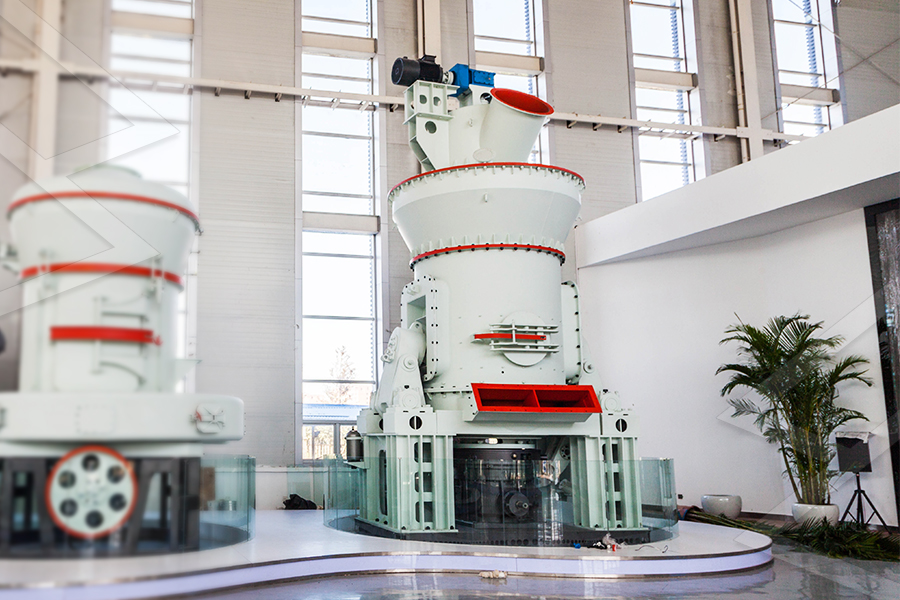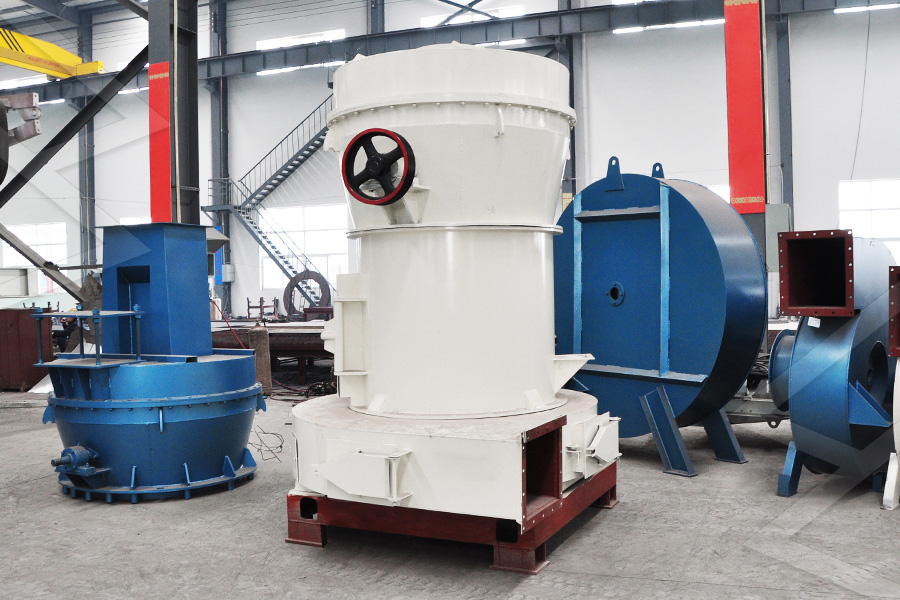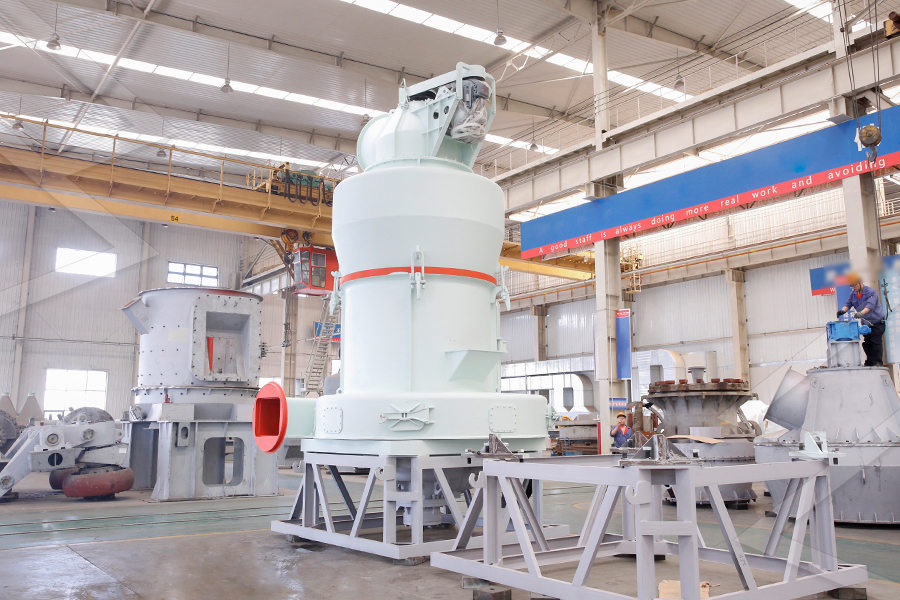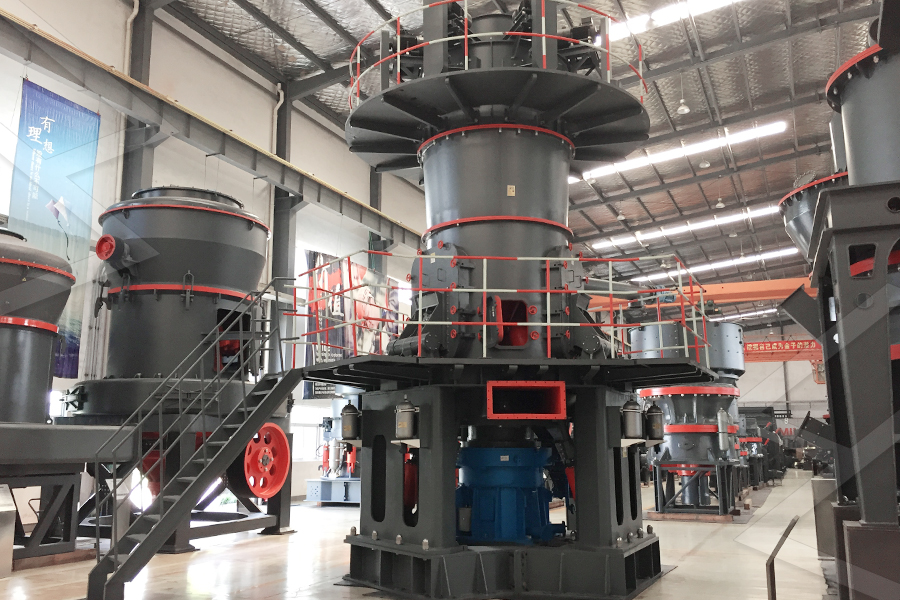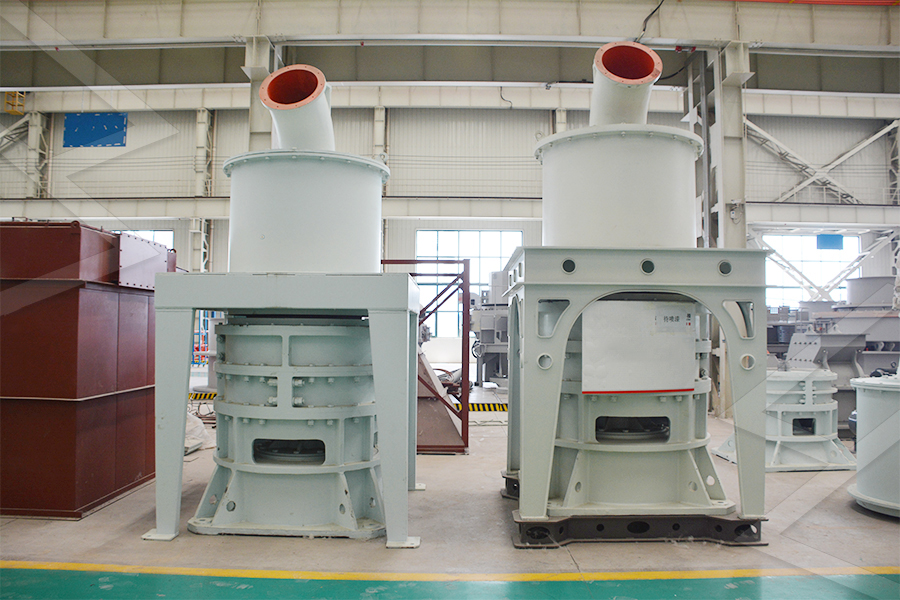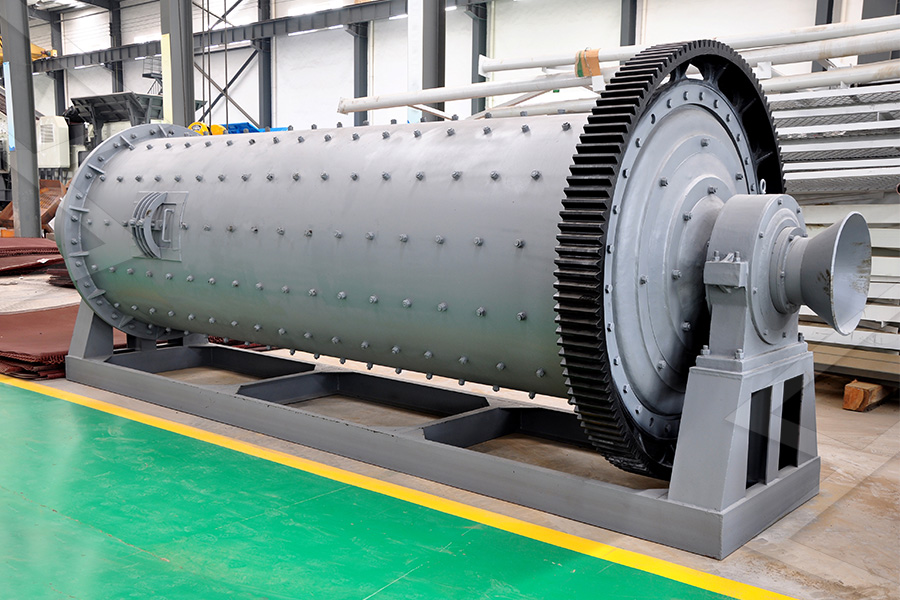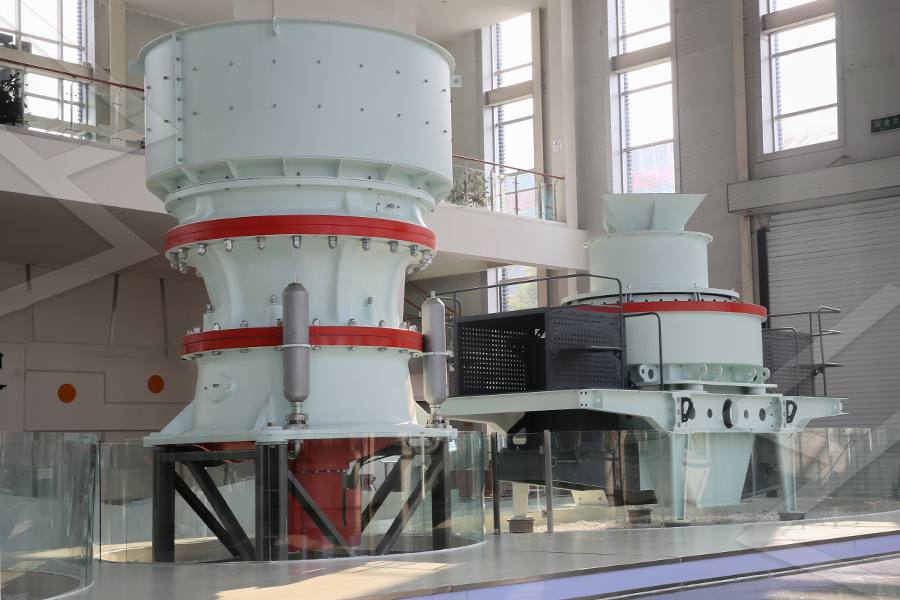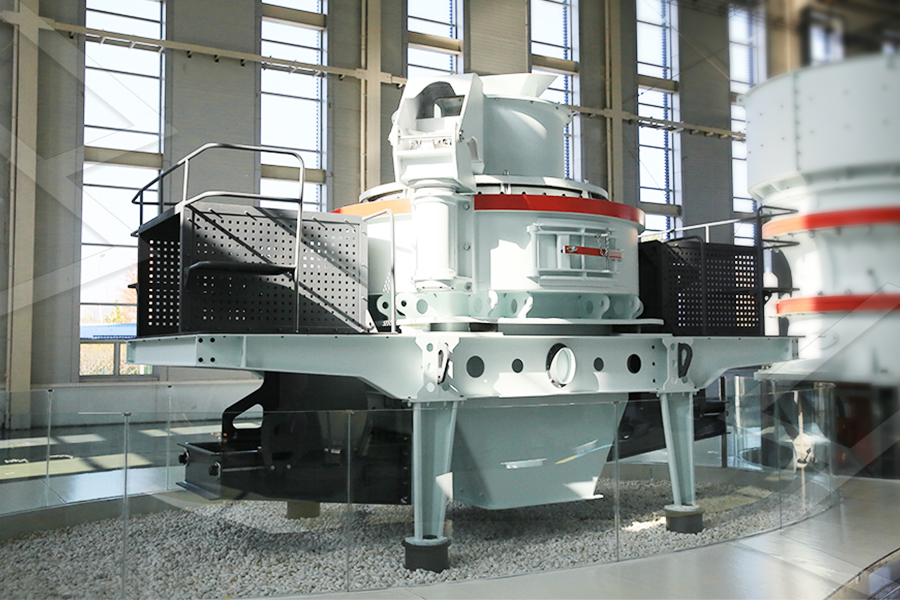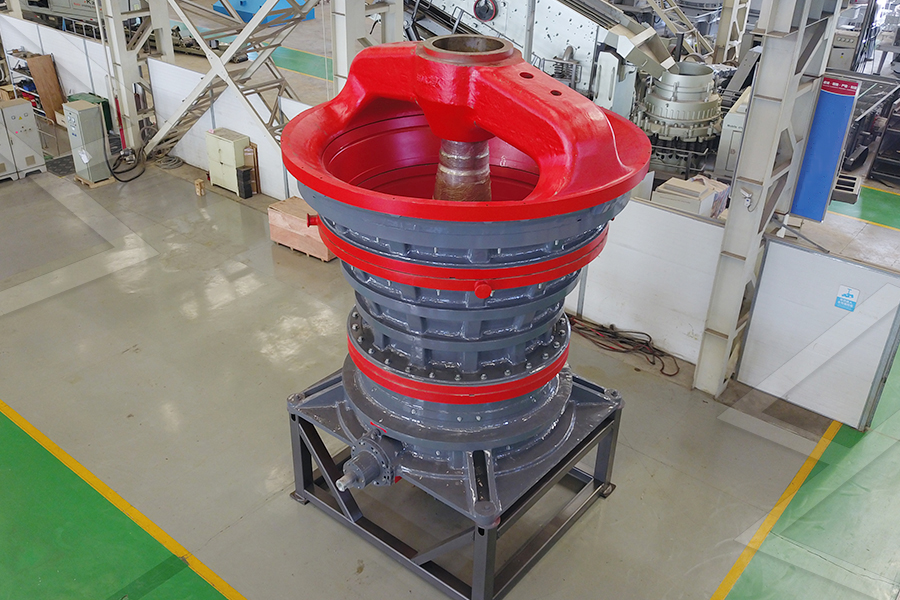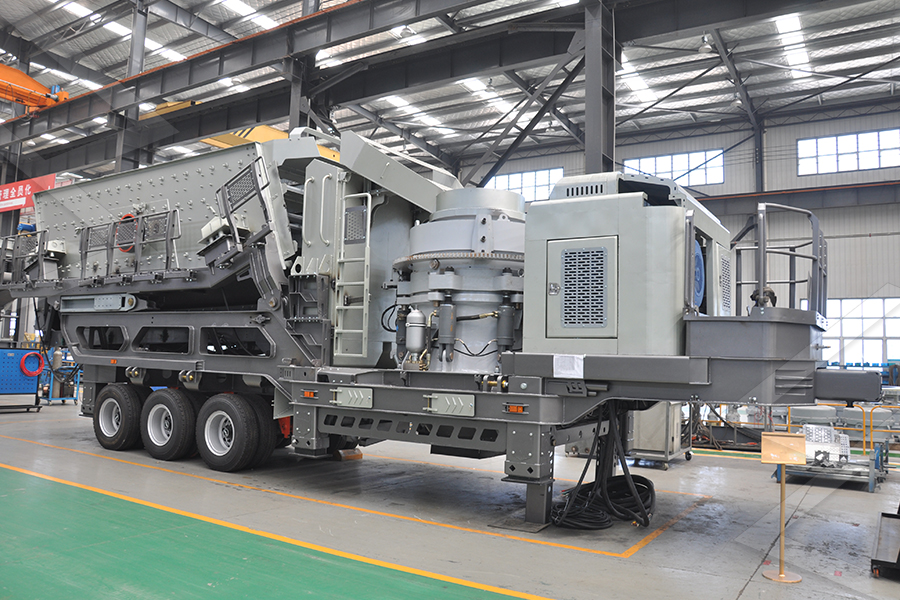gyratory crusher used in the crushing of spodumene lepidolite ore
The gyratory crusher is widely used in the crushing of spodumene lepidolite ore. The crusher is mainly used for primary crushing and secondary crushing. The crusher is equipped with a hydraulic oil station to ensure the lubrication of the main shaft and the gearbox. The crusher is also equipped with a dust collector to reduce environmental pollution.
What is a gyratory crusher?
A gyratory crusher is a large crushing machinery, using the gyratory sports in casing cone cavity of crushing cone to produce extrusion, frictional and grinding action to materials for crushing ore or rock of various hardness.
Gyratory crusher is composed of transmission, engine base, eccentric sleeve, crushing cone, center frame body, beams, original dynamic part, oil cylinder, pulley , appliances and dry oil and water seal mechanism. Its upper end is connected to the frame body by the hydraulic coupling while its lower end with spring support seat on the bracket. When device works , under the action of eccentric sleeve , the axis line of crushing cone does rotating swing , so that sometimes close to concave while sometimes far from it. And then crush materials continually .
What are the different types of gyratory crushers?
There are two main types of gyratory crushers: primary and secondary. Primary gyratory crushers are used for the crushing of raw material, while secondary gyratory crushers are used for the crushing of finished product.
Gyratory crushers can be classified into four main types: jaw, cone, impact, and roller. Jaw gyratory crushers are characterized by a high crushing ratio between the two jaws, while cone and impact gyratory crushers have a lower crushing ratio between the two cones. Roller gyratory crushers have a higher capacity than either jaw or cone gyratory crushers and are better suited for products with a higher density.
How does a gyratory crusher work?
A gyratory crusher is a large crushing machinery, using the gyratory sports in casing cone cavity of crushing cone to produce extrusion, fracturing and bending role to materials for crushing ore or rock of various hardness.
Gyratory crusher is composed of transmission, engine base, eccentric bushing, crushing cone, center frame body, beams, original dynamic part, oil cylinder, pulley , appliances and dry oil, thin oil lubrication system components etc.
The engine base adopts the cast steel structure; The crushing cone seat uses the special rolling mortar wall; The main shaft adopts forgings; The original dynamic part uses high strength alloy steel casting with reliable performance.
The structure of transmission parts (eccentric sleeve + gear pair) has been optimized by computer simulation which can ensure stable transmission and reliable operation when overload occurs. From bottom to top there are five different sizes: coarse 18-20mm ( feed opening: 200-220mm); medium 12-14mm(feed opening: 150-180mm); fine 8-10mm(feed opening: 125-155mm); superfine 4-6mm (feed opening: 105-135mm).
The gyratory crusher has a higher reduces cost but requires more maintenance than jaw crusher. When choosing a suitable crusher for a certain ore or rock type should know that every type of crusher has its advantages and disadvantages so we must choose proper crusher type according to our needs.
What are the benefits of using a gyratory crusher?
Gyratory crusher is a common and crushing equipment,BEBON Heavy Industry is a professional production equipment manufacturers, we crusher also provides Gyratory Crusher price, Gyratory Crusher parts, etc.
The gyratory crusher is used for the primary crushing of spodumene lepidolite ore. The crushed product has a relatively large particle size. Therefore, it can be directly fed into the grinding mill without further crushing. The gyratory crusher has the advantage of high crushing capacity per unit volume.
What are some of the challenges associated with using a gyratory crusher?
There are several challenges associated with using a gyratory crusher to crush spodumene lepidolite ore. First, the ore is extremely hard and abrasive, and can wear down the crushing chamber and components over time. Second, the high Mohs hardness of the ore can cause the crusher to clog if not operated properly. Finally, the high silica content of the ore can also make it difficult to crush, as it can adhere to surfaces and cause build-up.
The gyratory crusher is mainly used for medium and fine crushing of ore materials
The gyratory crusher is mainly used for medium and fine crushing of ore materials. The gyratory crusher is composed of a frame, an eccentric sleeve, a beam, a second-stage adjustment device, a discharge port adjustment device, and a third-stage discharge port. The cone crusher is suitable for the crushing of various ores and rocks with medium hardness or above.
The operation principle of the gyratory crusher is similar to that of the jaw crusher
The gyratory crusher is similar to the jaw crusher in that it has a concave surface and a conical head. The crushing action is caused by the closing of the gap between the mantle line (movable) mounted on the central vertical shaft and the concave liners (fixed) mounted on the main frame of the crusher.
The gap is opened and closed by an eccentric assembly in the lower part of the crusher, which causes the central verticle shaft to gyrate. The gyrating action produces compressive force, which fractures any material caught between the mantle and concave liners.
The gyratory crusher is especially well suited for secondary crushing applications, as it does not produce flat or elongated particles when operating at high capacities. Additionally, its large feed opening allows for easy feeding of large materials into the crusher.
Crushing of Spodumene
The gyratory crusher is the mainstay of medium to large bulk ore crushing operations. Typically, material is brought to the crusher by large haulage trucks and dumped into a feed hopper, which feeds the crusher via a rock box. The gyratory crusher is set at an opening of approximately 150 mm, which is adjusted during operation by changing the distance between the bottom of the spindle and the bottom of the concave.
The feed material is crushed between the eccentrically mounted rotating spindle and concave liners. The spindle is supported at both ends by spherical roller bearings and lubricated by grease. As the crusher operates, its internal mechanism drives the spindle to rotate eccentrically within its support structure. This action compresses material against the concave liner as it moves towards and away from it during each revolution of the spindle. Once compressed between two surfaces, forced translation motion discharges material on top of another face for further crushing; this process continues until material exits through a discharge port located at the base of machine.
Lepidolite Ore Crushing
Lepidolite is a mineral that contains lithium. It is usually found in pegmatites and granite rocks. The ore is crushed using a gyratory crusher. The crusher breaks the rock into smaller pieces that can be processed by the mill.
How is a gyratory crusher used in the crushing of spodumene lepidolite ore?
A gyratory crusher is used in the crushing of spodumene lepidolite ore because of its large feed opening and high reduction ratio. The gyratory crusher is composed of a mainframe, an eccentric shaft, a countershaft, and two mantle assemblies. The mainframe houses the crusher's main moving parts, the eccentric shaft and countershaft are supported by bearings, while the mantle assemblies are mounted on the mainframe. The gyratory crusher reduces the size of the ore by feeding it between the mantle and concave assembly. This gap regulates the size of material that can pass through and be crushed by the gyratory crusher. The smaller the gap, the smaller the particle size that can be crushed.
How to find gyratory crusher used in the crushing of spodumene lepidolite ore?
Gyratory crushers are used in a variety of industries, including mining, oil and gas, construction, and manufacturing. In the crushing of spodumene lepidolite ore, gyratory crushers are typically used to reduce the size of the material to a manageable level before it can be transported to a processing plant.
Gyratory crushers work by compressing the material between two surfaces, one of which is often moving. The compression process creates forces that cause the material to break down into smaller pieces. The gyratory crusher is typically used for first-stage crushing; however, it can also be used for secondary or tertiary crushing depending on the application.
When choosing a gyratory crusher for your operation, it is important to consider the feed size and required capacity of your ore. Gyratory crushers come in a variety of sizes and configurations; each with its own unique capabilities and benefits.
The most common type of gyratory crusher used in the mining industry is the jaw gyratory crusher. This machine uses compression force to crush rocks into smaller pieces, making it ideal for use in primary crushing applications.
Jaw gyratory crushers are typically used for medium to hard rock applications, with feed sizes up to 1500mm and capacities up to 3000tph.
How can I choose the gyratory crusher for spodumene lepidolite ore crushing plant?
There are a few things to consider when choosing the gyratory crusher for your spodumene lepidolite ore crushing plant:
1. The size of the feed opening: You will want to select a crusher with a feed opening that is large enough to accept the largest pieces of ore you will be feeding it.
2. The capacity: Make sure that the crusher you select has the capacity to handle the amount of material you anticipate sending through it.
3. The power: Choose a crusher that is powerful enough to crush the hardest pieces of ore you have.
4. The type of material you are crushing: Some crushers work better with certain types of materials than others. Be sure to choose a crusher that is designed to handle the type of ore you are crushing.
Conclusion
The gyratory crusher is the most suitable machine for crushing spodumene lepidolite ore. The advantages of using a gyratory crusher include: (1) the machine can handle large chunks of material; (2) it is very versatile and can be used for a variety of applications; and (3) it provides high throughput and low operating costs.
